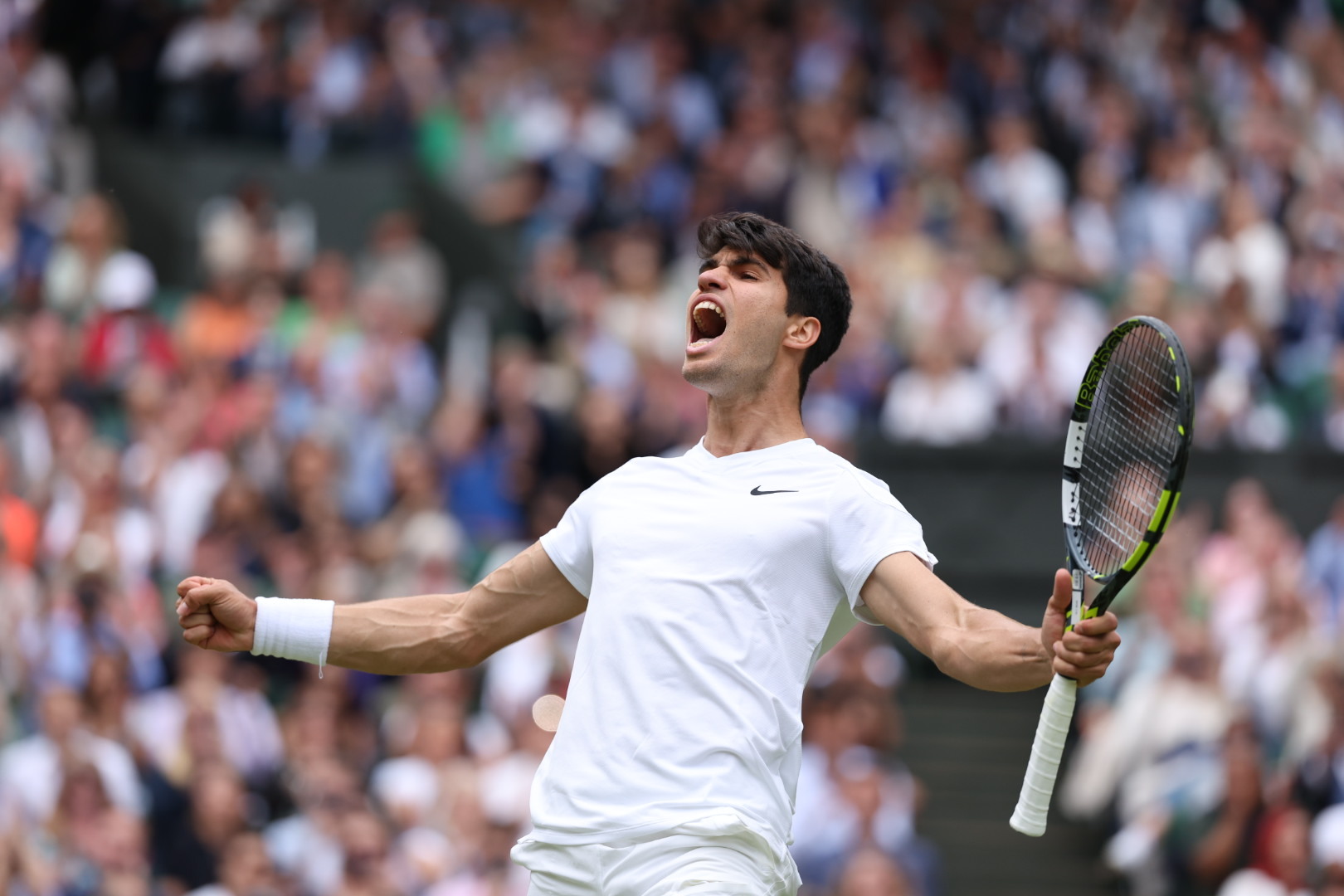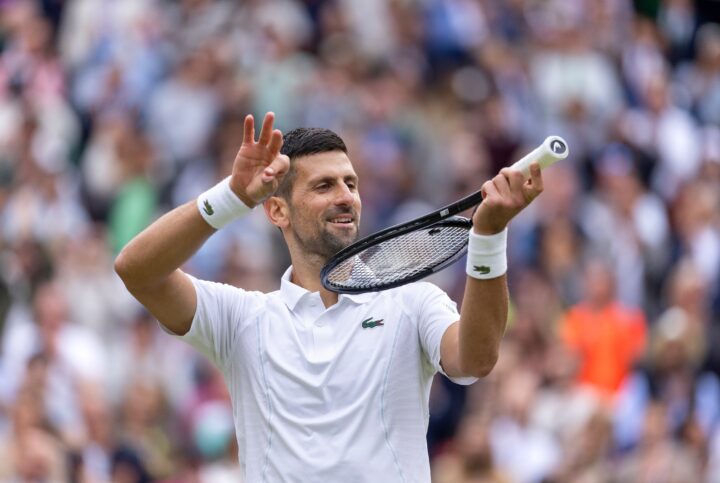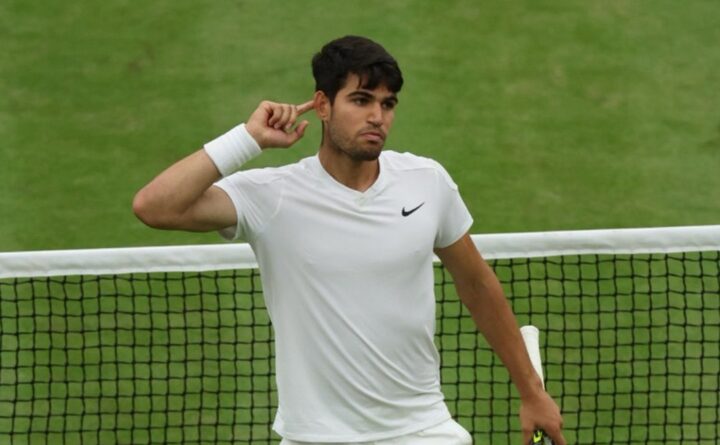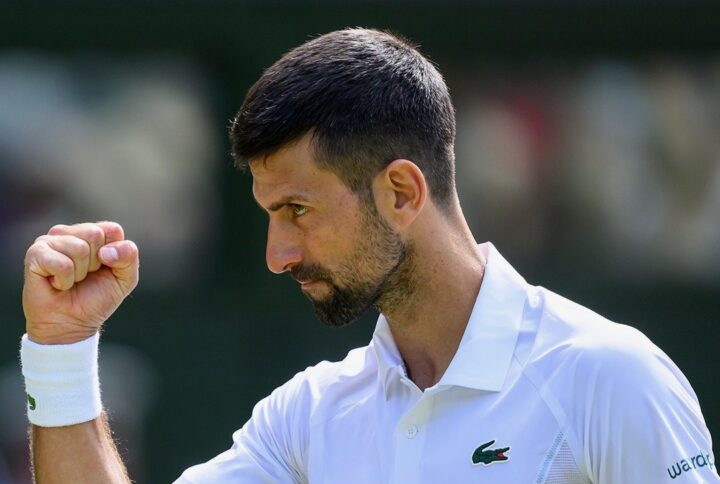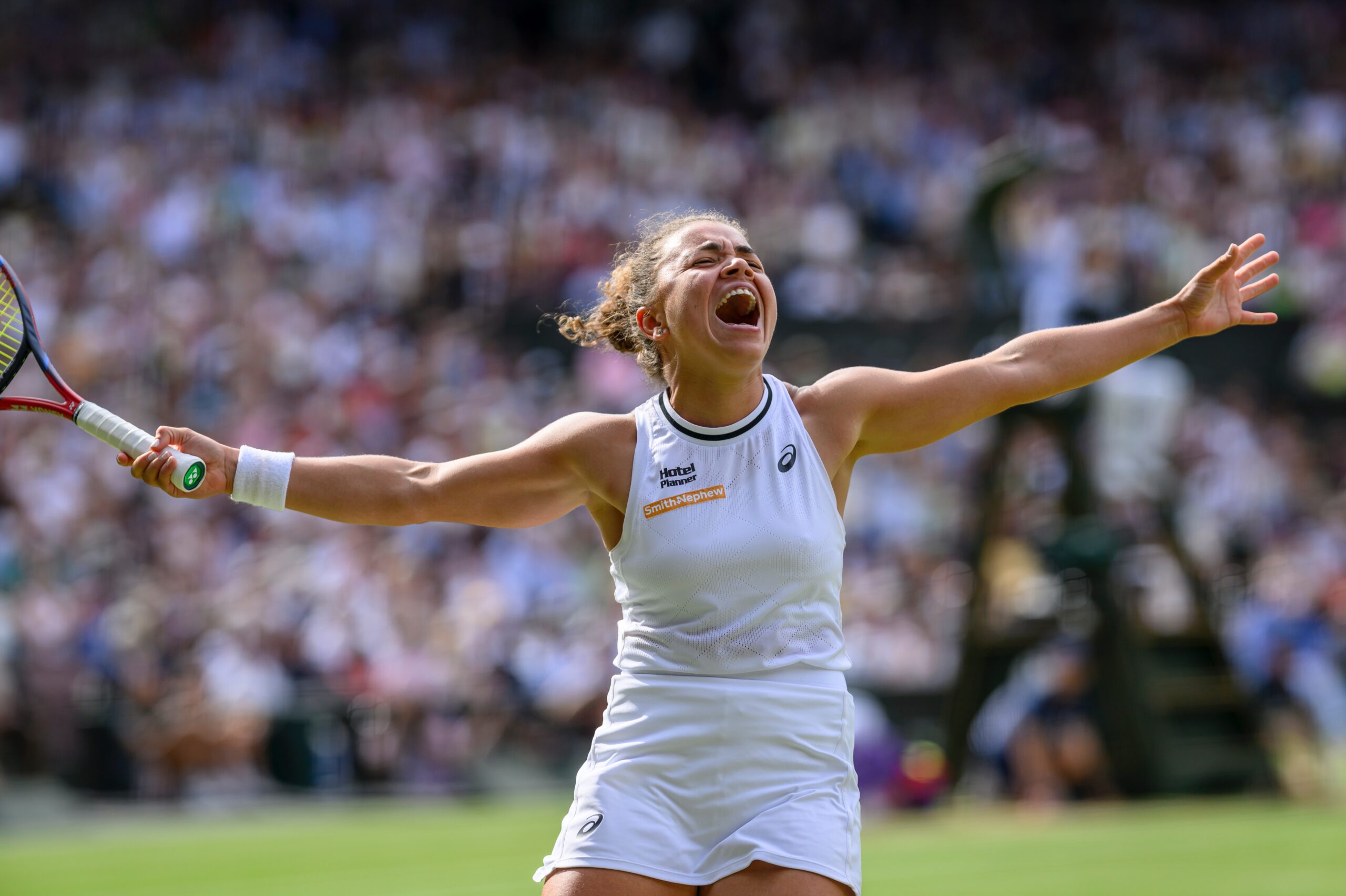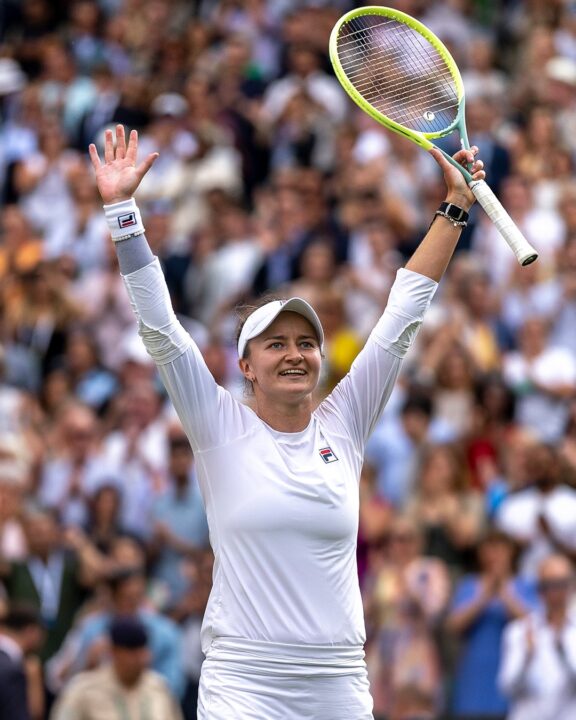1 – the man under 25 (Alexander Zverev) to have reached the final 8 in Melbourne, with 3 more (Raonic, Sandgren, Thiem) who are under 30. Therefore, the NextGen has failed once more in the first Slam, despite the status of contenders reached by several of its members in the past few months, and despite the presence of 8 players under 25 in the Top 20 – Medvedev, Tsitsipas, Zverev, Berrettini, Rublev, Shapovalov, Khachanov, Kyrgios. The failure becomes even more blatant if the sample is extended to the fourth round of the tournament, with just Kyrgios, Medvedev, and Rublev joining Sascha – the latter two are also the only ones who are still to turn 23. After all, the youngest Major winner is still Marin Cilic, born in 1988, and the world N.1 has constantly been a player over 30 since May 2017 – always members of the Fab Four, who have been holding on to the top spot since February of 2004. On the other hand, the women’s draw kept alive the opposite trend, with the oldest player reaching the quarter finals being Petra Kvitova, who turns 30 next month, a result that is in line with the rankings, in which Serena and Kerber are the only “mature” features, and more in general with the tendency of WTA tennis as a whole. As a matter of fact, since Serena’s last Slam triumph (3 years ago), all such tournaments have ended up in the grasp of players under 30 years of age (except for Wimbledon 2018, won by Kerber), and in some cases we’ve had teenagers (Osaka, Ostapenko, Andreescu) taking home the big prize.
10 – the months in which Dominic Thiem’s career has turned around. The Austrian had already reached the 4th spot in the rankings, in November of 2017, yet exclusively due to his clay-court prowess. At the end of 2018, Thiem had a meager 53% win rate on matches played on surfaces that weren’t his beloved, red realm: before his win in Saint Petersburg in the autumn of that year, he had played in 34 tournaments on fast courts without reaching a final, since the one he lost in Metz in 2016. The same dynamic occurred in his match-ups with other Top-10 studs: up to that point, he was 4-18 in matches played on hard or grass. The beginning of 2019 was very much the same, with an early retirement at the Australian Open, but then the collaboration with Nicolas Massù started, and with that some immediate relief happened, with his first Master 1000 win in Indian Wells, beating an experienced player like Gilles Simon and two members of the Top 20, Milos Raonic and Roger Federer. And while some people thought this would be a solitary spring flower, Thiem dispelled all doubts with an outstanding coda to the season, winning in Beijing and Vienna and reaching the semis in Shanghai and losing by inches at the ATP Finals in London against Tsitsipas. A further token of his exceptional play is the quality of the opponents he’s toppled in this stretch: among the current Top 8, he’s beaten everyone but Medvedev (although with Tsitsipas, Berrettini, and Djokovic he’s also lost), and he’s 12-6 against Top 10 opponents since 2019 Indian Wells. 3 Slam finals lost, plus the ATP Finals defeat, could lead to believe that Thiem isn’t a natural winner (especially when considering how close the last 2 nail-biter defeats were), but they’re more likely a testament to his improvements and to the close distance between him and a Slam win.
28 – the amount of players who have reached the semis in a women’s Major since Serena’s last win. After her 23rd trophy was lifted at the 2017 Australian Open, a kind of anarchy has taken over the WTA circuit. It’s incredibly hard to establish who the best athlete has been in this time-span, let alone for the fact that 7 different players have topped the rankings (Kerber, Pliskova, Muguruza, Halep, Wozniacki, Osaka, Barty), and for the fact that Williams herself has played 4 more finals and returned to the Top 10 despite playing a limited amount of tournaments. Had she won in Melbourne, the mercurial Muguruza might have well claimed the mantle of the most successful (she won at Wimbledon in 2017, reached the semis in Paris in 2018, and indeed reached the final in Melbourne last week), but that wasn’t to be. To draw a comparison, only Halep and Williams have reached more Slam semifinals, and Madison Keys is the only player who, aside from the Spaniard, has reached 3 (final at Flushing Meadows in 2017, semis in Paris and New York again in 2018). Since the spring of 2017, there’s only a pair who’s won multiple Slams: Simona Halep, who’s the most constant with 2 wins (Paris 2018 and Wimbledon 2019) and 2 finals (Paris 2017 and Melbourne 2018) and Naomi Osaka, who won twice in a row (the only woman to achieve that, at the 2018 US and the 2019 Australian Open) but has since lost her mojo, and is very close to falling outside the Top 10. The fact that the Rumanian seems to be the only regular performer in the last few years is confirmed by the 64 weeks she’s spent as the WTA N.1, almost thrice as much as the 25 weeks of Osaka and the 22 (and counting) of Barty.
35 – the number of weeks as world N.1 that separate Novak Djokovic from Federer’s record tally of 310. Currently on a 16-wins streak (he’s 22-2 in his last 24 encounters as well), he’s won his eighth Australian Open crown at the end of an edge-of-the-seat final against Dominic Thiem in which he’s adfirmed once again his status as an incredible deciding set performer – he’s 31-10 in 5-setters – and specifically in bouts with history at stake, sitting at 4-1 in Slam finals that go the distance. The Serbian now leads the Big Trophies race against his ever-present rivals, having won 56 between Slams, ATP Finals, and Master 1000 titles (Federer and Nadal have 54 each, 55 for Rafa when including the 2008 Olympic gold medal). Above all, he’s now closer on the Slam tally, having won his 17th trophy, right behind Nadal’s 19 and Federer’s 20. In terms of weeks as the number one, Djokovic is now 10 weeks away from Pete Sampras, a gap he should fill quite easily before setting his eyes on Federer. In order to overtake the Swiss, Djokovic needs to keep the throne until October: till then, Djokovic has to retain a considerable amount of points (2000 at Wimbledon, 1000 in Madrid, 720 in Paris, 600 in Rome, 500 in Tokyo), but, given his current form, that doesn’t look like an impossible feat for him, especially with basically a full season’s schedule to be played still, and, given his continuity since 2008 (bar the first half of 2018), odds are that he’ll be able to reach this lofty milestone.
Article originally published on ubitennis.com and translated by Tommaso Villa
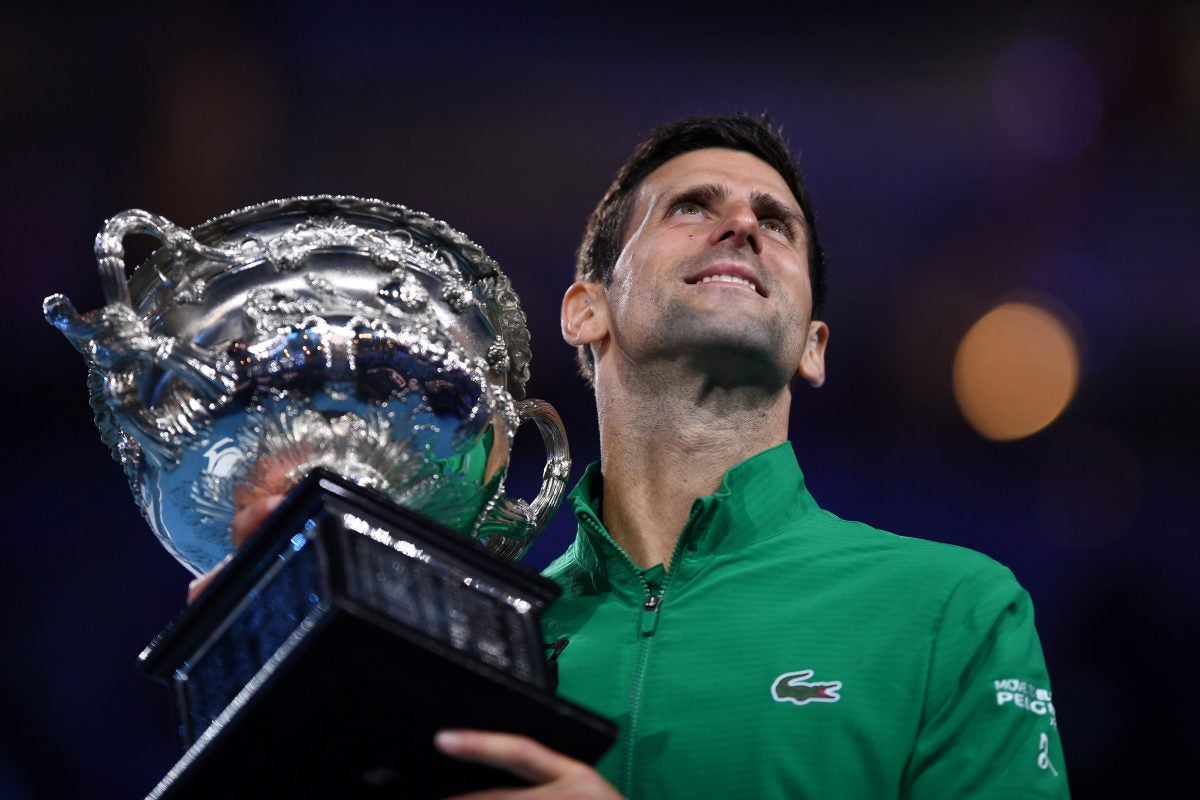


 Hot Topics3 days ago
Hot Topics3 days ago
 Latest news3 days ago
Latest news3 days ago
 Hot Topics2 days ago
Hot Topics2 days ago
 Hot Topics3 days ago
Hot Topics3 days ago
 Focus2 days ago
Focus2 days ago
 Focus2 days ago
Focus2 days ago
 Focus2 days ago
Focus2 days ago
 Hot Topics2 days ago
Hot Topics2 days ago













